Follow Wildebeest Migration Safari in Serengeti national park and find your best time to go for wildebeest migration and Kilimanjaro On Foot will find the best location for your Migration tour. This itinerary will put you in the right place at the right time and follows the Great Migration's movement from south of the Serengeti to north of the Masai Mara. This journey spans both sides of the Mara river which greatly increases your chances of seeing the famous river crossings and the predator interaction that accompanies this short-lived adventure.
This journey is best traveled between July and the end of September when you can become part of the greatest show on earth, which every migration enthusiast is after. We spend a lot of time gathering relevant data to keep your safari authentic. We are proud to be the first safari company to provide you with this information based on firsthand from our safari drivers.

Welcome to Tanzania:
You will be met upon arrival at the airport by our driver who will guide you to the waiting vehicle and load your luggage then drive you to Arusha for the rest of your stay. Depending on your arrival time the day can be spent at the swimming pool relaxing or explore the city of Arusha.
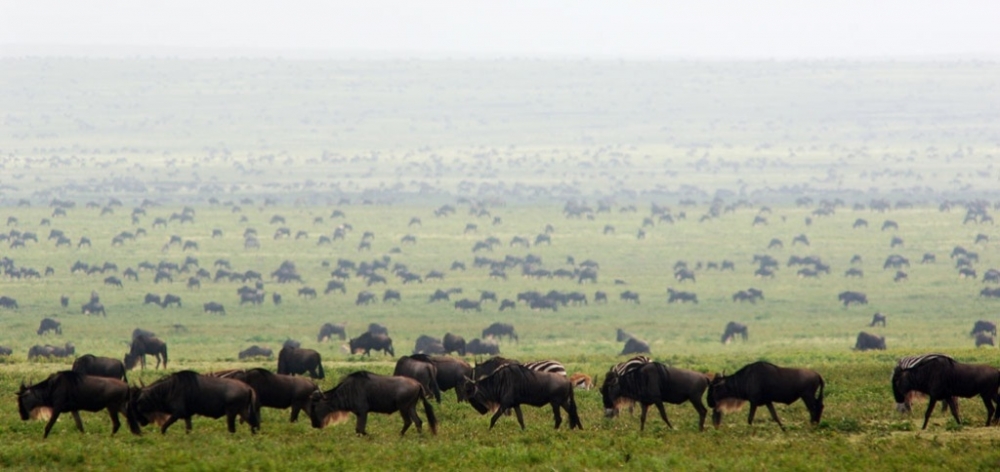
In the morning you will be collected in Arusha and travel overland or by flight to the location of migrating groups where the scenery gradually blends from a small vibrant town to wide open plains. Depending on the season but wildebeest migration can be any were being December to March in NDUTU SOUTHERN SERENGETI, April to early June in WESTERN CORRIDOR with some groups in CENTRAL SERENGETI, June to October in NOTHERN SERENGETI AT THE RIVER MARA and November to early December your tour will be located in EASTERN SIDE near Ngorongoro and NTUTU AREAS.
The Follow Wildebeest Migration starts here.
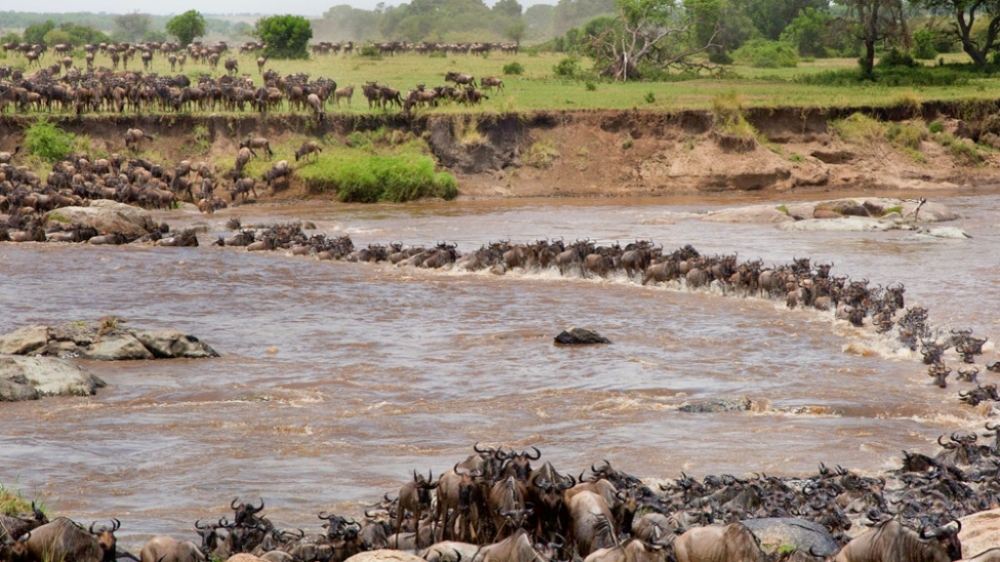
You will spend three full days exploring the grassy plains and woodlands in the area, tracking the massed herds of wildebeest and zebra, witnessing the birth of new calves, and trailing predators such as lion, cheetah, and hyena on the hunt. The area also teems with other wildlife, including elephants, eland, various gazelle species, Kirk’s dik-dik, giraffe, and the elusive leopard, Ndutu safari lodge, or Luxury Tented Camp.
Serengeti is simply famed Tanzania’s national park, and it’s also the largest, at 14,763 square kilometers of protected area that borders Kenya’s Masai Mara Game Park It is the Migration for which Serengeti is perhaps most famous. Over a million wildebeest and about 200,000 zebras flow south from the northern hills to the southern plains for the short rains every October and November, and then swirl west and north after the long rains in April, May and June. So strong is the ancient instinct to move that no drought, gorge, or crocodile infested river can hold them back. The Wildebeest travel through a variety of parks, reserves, and protected areas and through a variety of habitat. Join us to explore the different forms of vegetation and landscapes of the Serengeti ecosystem and meet some of their most fascinating inhabitants.
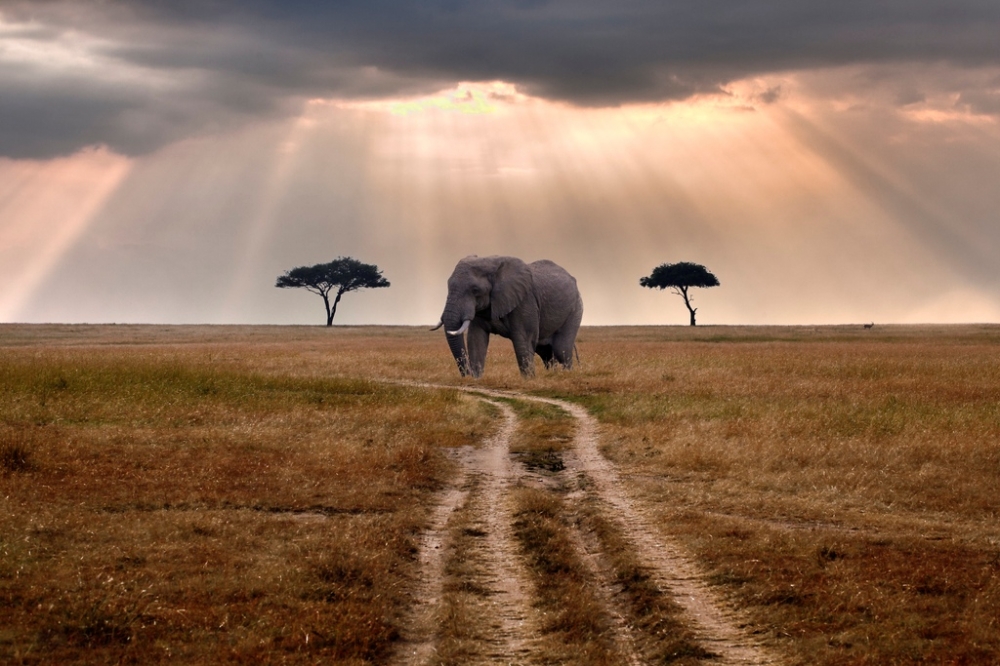
After breakfast, you will continue your safari in the Serengeti National Park. In the Seronera Valley, you might be lucky to see predators hunt as animals gather at the waters during the dry season. After lunch at a picnic spot, you will slowly drive in the direction of the Ngorongoro Crater. As soon as you have reached the crater you will have a superb view of the caldera. This approximate 20 km wide crater is part of a UNESCO World Heritage Site and is home to over 20,000 animals.
Keep on Follow Wildebeest Migration.
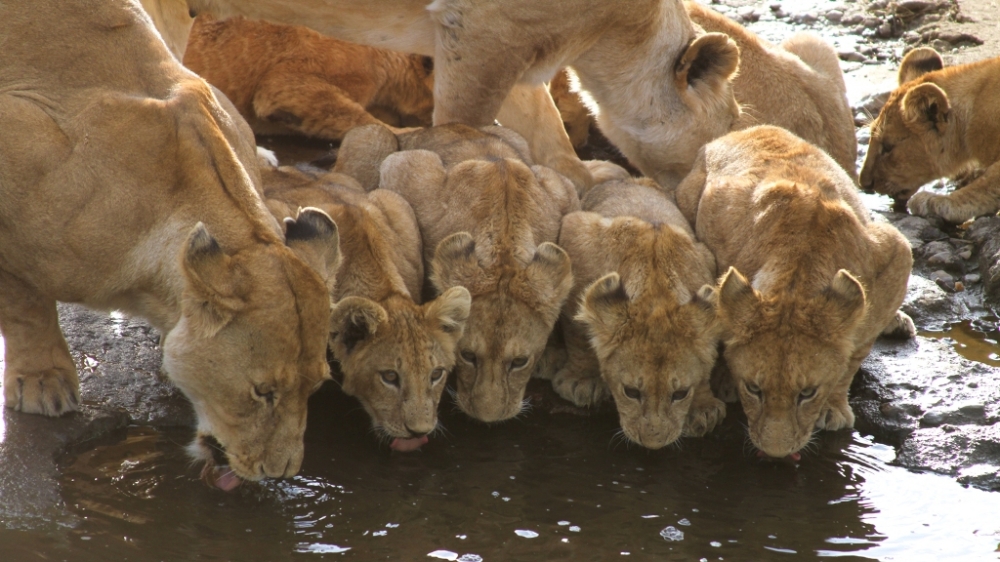
After an early breakfast, you will descend into 600 meters Ngorongoro Crater floor to view wildlife. Supported by a year-round water supply and fodder, the Ngorongoro conservation Area supports avast variety of animals, which include herds of wildebeest, zebra, buffalo, eland, warthog, hippo, and giant African elephants. Another big draw card to this picturesque national park is its dense population of predators, which include lions, hyenas, jackals, cheetahs, and the ever-elusive leopard, which sometimes requires a trained eye to spot. We will visit Lake Magadi, a large but shallow alkaline lake in the southwestern corner, which is one of the main features of the crater. A large number of flamingos, hippos, and other water birds can usually be seen here. Late afternoon drive to the lodge for overnight.
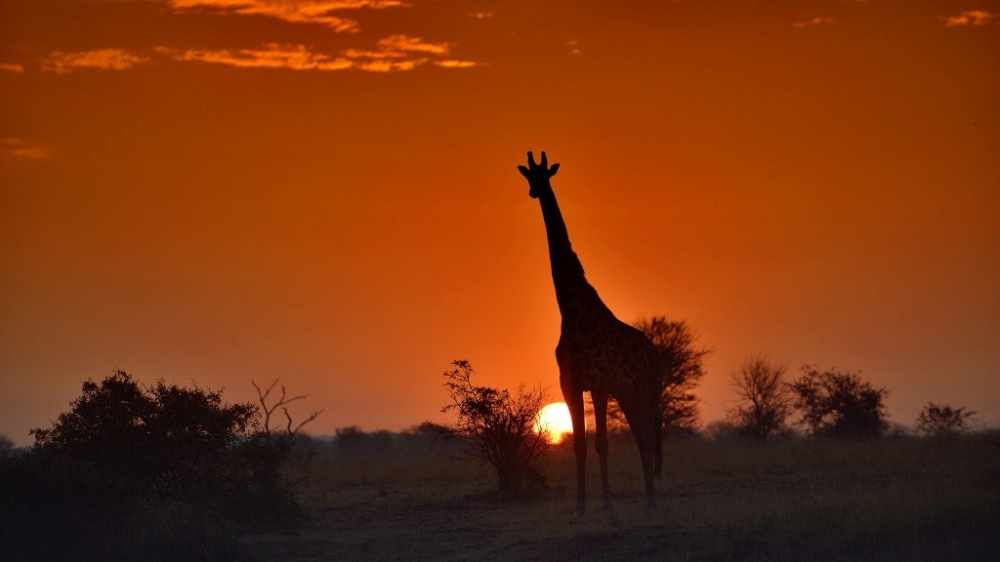
After breakfast, you will travel from the Ngorongoro Area to the Lake Manyara National Park.
The park is known for its over 400 bird species, primate-filled forests, and grassy plains. A large area of the park is covered by the alkaline Lake Manyara, the seasonal breeding grounds for large colonies of flamingos, and many more waterfowls. The park is also home to giraffes, hippos, wildebeests, impalas, and groups of noisy monkeys and baboons. After an extensive game drive, you will travel to Arusha where you will spend the night.
End of Follow Wildebeest Migration Safari in Serengeti national park.
After a leisurely breakfast, you will be dropped off at the airport for departure.
| Price Per person | Nº of persons Traveling together |
|---|---|
| $4710 | 1 |
| $4020 | 2 |
| $3680 | 3 |
| $3390 | 4 |
| $3120 | 5 |
| $2950 | 6 |
| $2800 | 7+ |